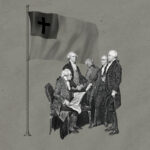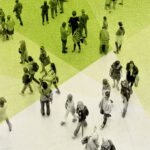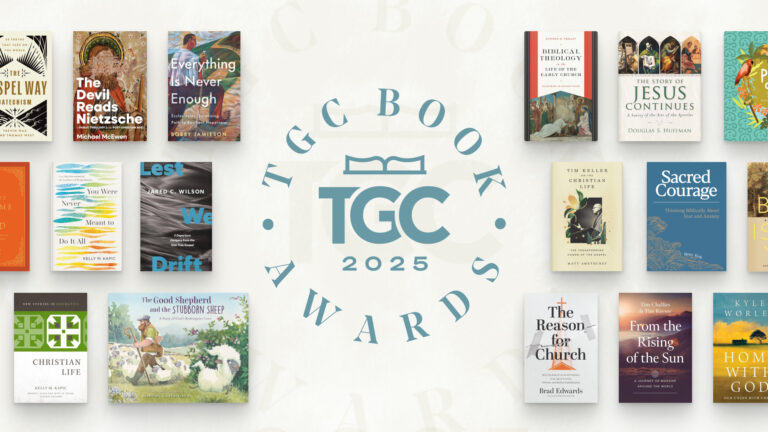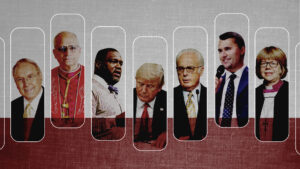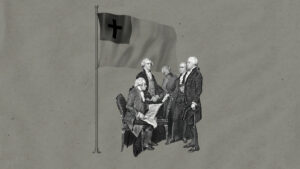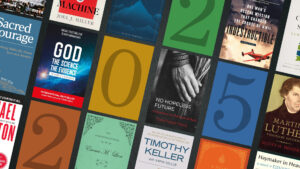The Jewish holiday of Rosh Hashanah ended last Friday, and the holy day of Yom Kippur begins this Friday. Here is what you should know about the High Holy Days on the Jewish calendar:
1. In Judaism, the High Holy Days (sometimes referred to as “high holidays”) may refer to (1) the ten days starting with Rosh Hashanah and ending with Yom Kippur, known as the Days of Repentance or the Yamim Noraim (Hebrew for “Days of Awe”), (2) the days of Rosh Hashanah and Yom Kippur specifically, or (3) to the entire 40-day penitential period—the month of Elul, the 30 days in the sixth month of the Jewish year, plus the ten days starting with Rosh Hashanah and ending with Yom Kippur.
2. The term High Holy days is not of Jewish origin but is suspected of having derived from the once-popular English phrase, “high days and holydays.” The term holiday is also derived from the Old English haligdæg meaning “holy day, consecrated day, religious anniversary, or Sabbath.”
3. The calendar used for Jewish religious observances is lunisolar, which means that months are based on the phases of the moon but adjusted in average length to fit the length of the solar cycle. (In contrast, the most widely used civil calendar—the Gregorian calendar—is solar based.) The calendar year features 12 lunar months of 29 or 30 days, with an intercalary lunar month (a leap month) added periodically to synchronize the 12 lunar cycles with the longer solar year. Leap months are added in the Jewish calendar seven times every 19 years.
4. In the Jewish calendar the Anno Mundi (Latin for “in the year of the world”) is based on rabbinic calculations of the year of creation from the Hebrew Masoretic text of the Bible. Rabbi Moses ben Maimon (aka Maimonides) calculated that the “the third day of Nisan in this present year [March 22, 1178]” to be “the year 4938 of the creation of the world.” This calendrical code developed by Maimonides is used most often in Jewish communities, putting the current year on the Hebrew calendar as 5778, that is 5778 years since the creation of the world.
5. Rosh Hashanah (‘head [of] the year’) is the first day on the Jewish calendar, marking the traditional anniversary of the creation of Adam and Eve. The holiday begins at sundown on the first day of Tishrei. According to Jewish belief, on Rosh Hashanah God inscribes his judgment and the fate of each individual in the Book of Life. However, during the Ten Days of Repentance Jews have the opportunity to atone, seek forgiveness, and make amends for past sins and wrongdoings before the fate is sealed on Yom Kippur.
6. The central observance of Rosh Hashanah is the sounding of the shofar (a hollowed-out ram’s horn) as proscribed in Leviticus 23:23-32 for the “festival of trumpets.” The shofar blowing contains a series of three types of blasts: tekiah, a long sob-like blast; shevarim, a series of three short wails; and teruah, at least nine piercing staccato bursts. The blasts are meant to sound like human cries and to be a reminder for Jews to “look inward and repent for the sins of the past year.” About 100 blasts are blown from the shofar during the Rosh Hashanah morning services at a synagogue.
7. Yom Kippur means “Day of Atonement” and is the day set aside to atone for the sins of the past year (Lev. 23:26-32). Since in Jewish belief Yom Kippur is the day the judgment entered by God is sealed, it is the last day of the year to change his judgment by engaging in the actions that change the decree: “teshuvah, tefilah, and tzedakah,” repentance, prayer, good deeds (usually, charity).
8. According to the biblical text, Yom Kippur is to be a day of Sabbath and self-denial (Lev. 23:26:32). The tradition is that Jews are to refrain from eating and drinking (even water) on Yom Kippur unless it is medically necessary. This 25-hour fast begins before sunset on the evening before Yom Kippur and ends after nightfall on the day of Yom Kippur (pregnant women and children younger than 9 are forbidden from engaging in the fast). The Talmud also specifies additional restrictions such as no washing and bathing, no anointing of one’s body (with cosmetics, deodorants, and so on), no wearing leather shoes, and no engaging in sexual relations.
9. Most of Yom Kippur is spent at a synagogue engaging in prayer. In Orthodox synagogues, services begin early in the morning (8 a.m. or 9 a.m.) and continue until about 3 p.m. The congregation goes home for an afternoon nap and return around 5 p.m. or 6 p.m. for the afternoon and evening services, which continue until nightfall. The services end at nightfall, with the blowing of the tekiah gedolah, a long blast on the shofar.
Other posts in this series:
Nation of Islam • Slave Trade • Solar Eclipses • Alcohol Abuse in America • History of the Homeschooling Movement • Eugenics • North Korea • Ramadan • Black Hebrew Israelites • Neil Gorsuch and Supreme Court Confirmations • International Women’s Day • Health Effects of Marijuana • J. R. R. Tolkien • Aleppo and the Syrian Crisis • Fidel Castro • C.S. Lewis • ESV Bible • Alzheimer’s Disease • Mother Teresa • The Opioid Epidemic • The Olympic Games • Physician-Assisted Suicide • Nuclear Weapons • China’s Cultural Revolution • Jehovah’s Witnesses • Harriet Tubman • Autism • Seventh-day Adventism • Justice Antonin Scalia (1936–2016) • Female Genital Mutilation • Orphans • Pastors • Global Persecution of Christians (2015 Edition) • Global Hunger • National Hispanic Heritage Month • Pope Francis • Refugees in America • Confederate Flag Controversy • Elisabeth Elliot • Animal Fighting • Mental Health • Prayer in the Bible • Same-sex Marriage • Genocide • Church Architecture • Auschwitz and Nazi Extermination Camps • Boko Haram • Adoption • Military Chaplains • Atheism • Intimate Partner Violence • Rabbinic Judaism • Hamas • Male Body Image Issues • Mormonism • Islam • Independence Day and the Declaration of Independence • Anglicanism • Transgenderism • Southern Baptist Convention • Surrogacy • John Calvin • The Rwandan Genocide • The Chronicles of Narnia • The Story of Noah • Fred Phelps and Westboro Baptist Church • Pimps and Sex Traffickers • Marriage in America • Black History Month • The Holocaust • Roe v. Wade • Poverty in America • Christmas • The Hobbit • Council of Trent • Halloween and Reformation Day • Casinos and Gambling • Prison Rape • 16th Street Baptist Church Bombing • Chemical Weapons • March on Washington • Duck Dynasty • Child Brides • Human Trafficking • Scopes Monkey Trial • Social Media • Supreme Court’s Same-Sex Marriage Cases • The Bible • Human Cloning • Pornography and the Brain • Planned Parenthood • Boston Marathon Bombing • Female Body Image Issues • Islamic State
Download your free Christmas playlist by TGC editor Brett McCracken!
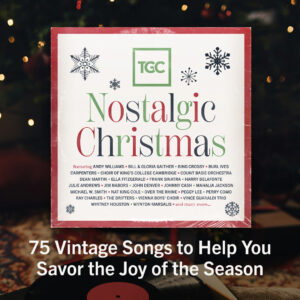 It’s that time of year, when the world falls in love—with Christmas music! If you’re ready to immerse yourself in the sounds of the season, we’ve got a brand-new playlist for you. The Gospel Coalition’s free 2025 Christmas playlist is full of joyful, festive, and nostalgic songs to help you celebrate the sweetness of this sacred season.
It’s that time of year, when the world falls in love—with Christmas music! If you’re ready to immerse yourself in the sounds of the season, we’ve got a brand-new playlist for you. The Gospel Coalition’s free 2025 Christmas playlist is full of joyful, festive, and nostalgic songs to help you celebrate the sweetness of this sacred season.
The 75 songs on this playlist are all recordings from at least 20 years ago—most of them from further back in the 1950s and 1960s. Each song has been thoughtfully selected by TGC Arts & Culture Editor Brett McCracken to cultivate a fun but meaningful mix of vintage Christmas vibes.
To start listening to this free resource, simply click below to receive your link to the private playlist on Spotify or Apple Music.








